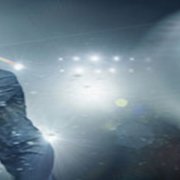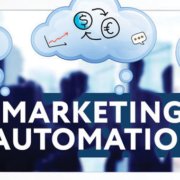Senior Living Website Tips: Make Sure You Own Your Website
Consider this important statistic: 87% of senior living prospects will visit a community website before they pick up the phone, attend an event, or schedule a tour. Your website is your virtual front door!
If you put the work and money into your website, make sure you OWN it. Because older, closed, and proprietary platforms will limit your ability to own your strategy, decisions, and results.
Senior living website tips: warning signs to watch out for
1. The website will be hosted on a proprietary CMS (content management system).
Your web designer or digital marketing agency might talk about their cool content management system. But what happens to your senior living website if you decide you want to work with a different agency or designer? The digital agency will own the license and, therefore, your brand…and they might not be willing to part with either.
If that’s the case, you’ll basically be a captive of the agency since there won’t be a way to simply “move” the site from one vendor to another. You’ll need to completely rebuild the site at a cost of many thousands of dollars.
2. The designer/agency doesn’t have an open API because they don’t want their clients to integrate with solutions other than their own.
Controlling integration on the website means providers will have to buy packaged solutions owned by the agency rather than allowing clients to choose their own integrations and tools.
3. Automated lead response emails are signed by the website hosting company, not the community sales and marketing team.
The goal of marketing automation is to build rapport and trust with your brand, not with the hosting company’s brand!
4. Website designs are out-of-the-box with locked-down templates.
This means that providers will have to pay extra (and wait in line) for customization. And again, see the first point: You might not even OWN the customization on your senior living website.
5. The only people that can make changes to the website are employed by the digital agency.
Just, no! You and your team should be able to easily make changes on your own. That’s the beauty of WordPress sites or sites built using content management systems where you own the files/content (like on HubSpot).
6. There is no written guarantee that the content on your senior living website belongs to you.
If there’s no written guarantee, then the digital agency could claim it as their content. This includes copy, images, videos, history, analytics, and reports. We can’t stress this point enough. READ CONTRACTS CAREFULLY BEFORE YOU SIGN. Here’s a good article that gets into the nitty-gritty of website ownership and clauses to look out for.
7. There is a 12-month commitment, lengthy notice period, and/or or auto-renewal clause.
You should be able to take your business elsewhere whenever you want (or at least within a reasonable time frame, like 30 days). Sure, it can sound appealing to have an “all in one” solution, but the lower price point and so-called conveniences are NOT worth it if you end up losing control of your senior living website and brand. Not to mention that the lost lead-generation opportunities will cost you more in the long run.
Work with a digital marketing agency that will RESPECT your brand—and your autonomy! Hint: That would be us!
We hope these senior living website tips were helpful. Need more help? Schedule a 30-minute brainstorming session ASAP!








 1. You never get a second chance to make a first impression.
1. You never get a second chance to make a first impression.





